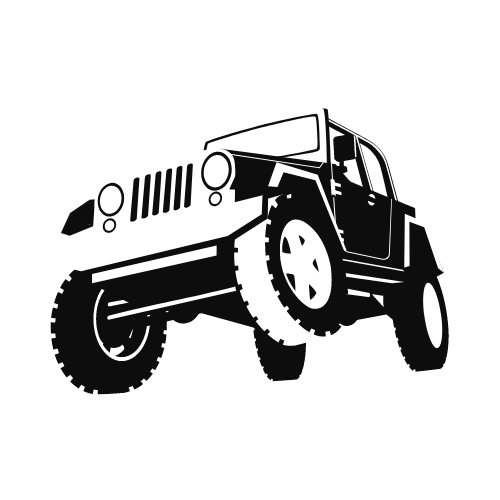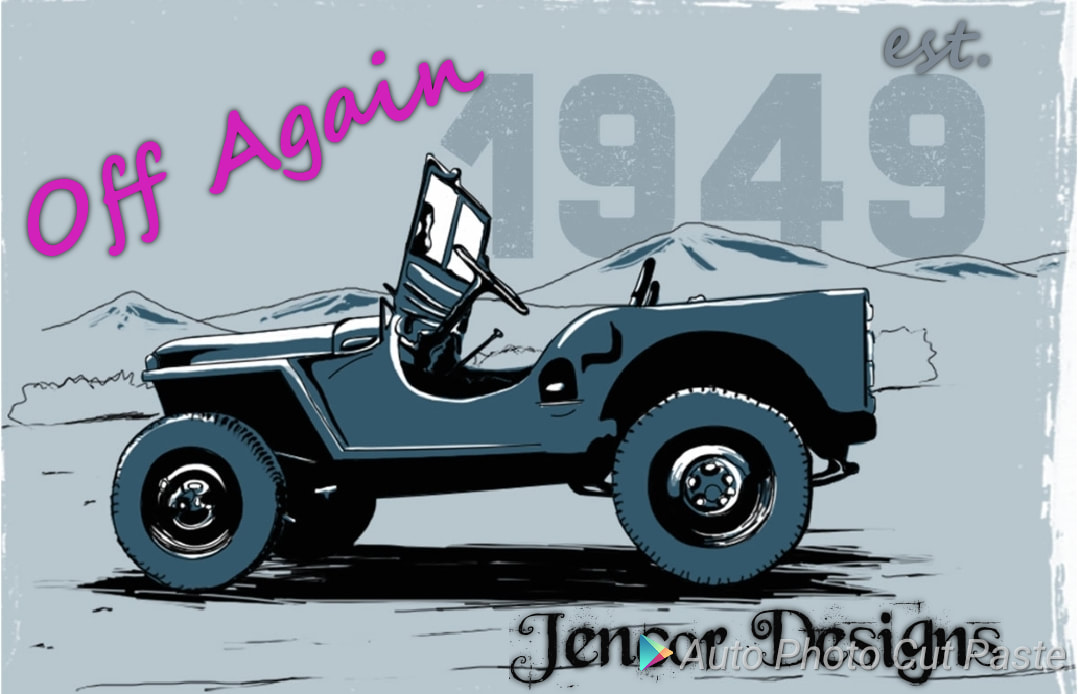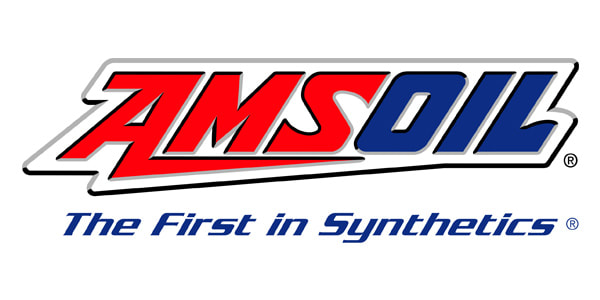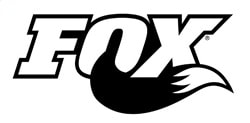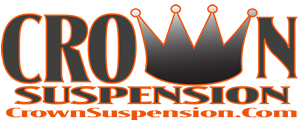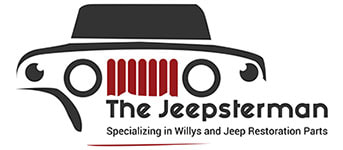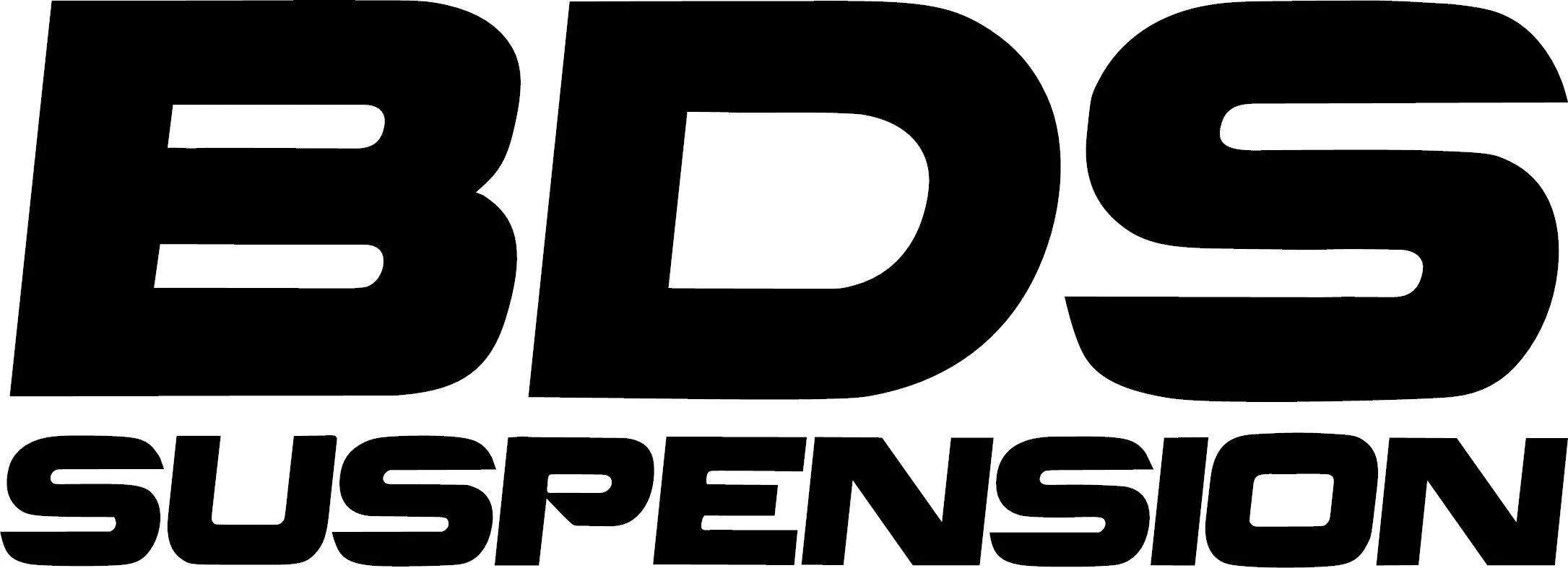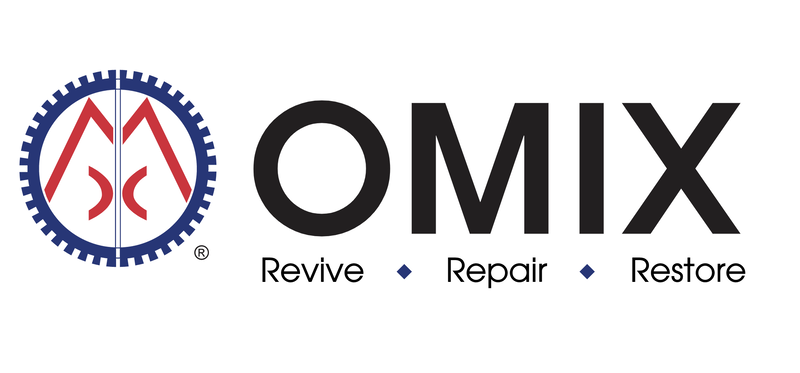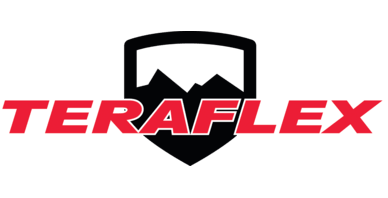Four Wheel Drive System
Description
Four wheel drive systems allow all four wheels on a vehicle to spin simultaneously. All 4WD vehicles have a transfer case between the front and rear axles that prevents the axles from spinning at different speeds. The transfer case allows the engine to provide maximum torque to the axle and wheels in order to maintain traction. Different 4WD configurations exist, and each variation employs different technologies to meet the needs of the driver. Some 4WD systems have a locking differential. This means both wheels on the axle will turn together to achieve maximum traction. Another variation is the limited-slip differential. It can detect a slide or slip in one wheel and send torque to the other wheel to regain traction. A manual hub requires users to manually engage the front wheel drive mechanism in order to fully engage the 4WD system, while an automatic hub allows users to automatically command the front wheels in order to engage the 4WD system. Our service staff has extensive experience working on all types of 4WD systems.
BenefitsSmooth and consistent four wheel drive system performance is made possible through routine maintenance, which can vary from vehicle to vehicle and from system to system. This makes consulting your owner’s manual extremely important when it comes to scheduling services within the proper maintenance intervals. Rougher terrain can have a heavier impact on the life of your 4WD system. When scheduling 4WD maintenance, consider where you drive most often and how much time your vehicle spends traversing difficult terrain. Symptoms that show 4WD system repairs are needed include excessive noise while switching between gears, transfer case gear leaks and failures, unusual vibrations, and of course, a warning light on the dashboard. Whether you are in need of an inspection or repair, our staff is ready to help you with all aspects of 4WD maintenance.
|
